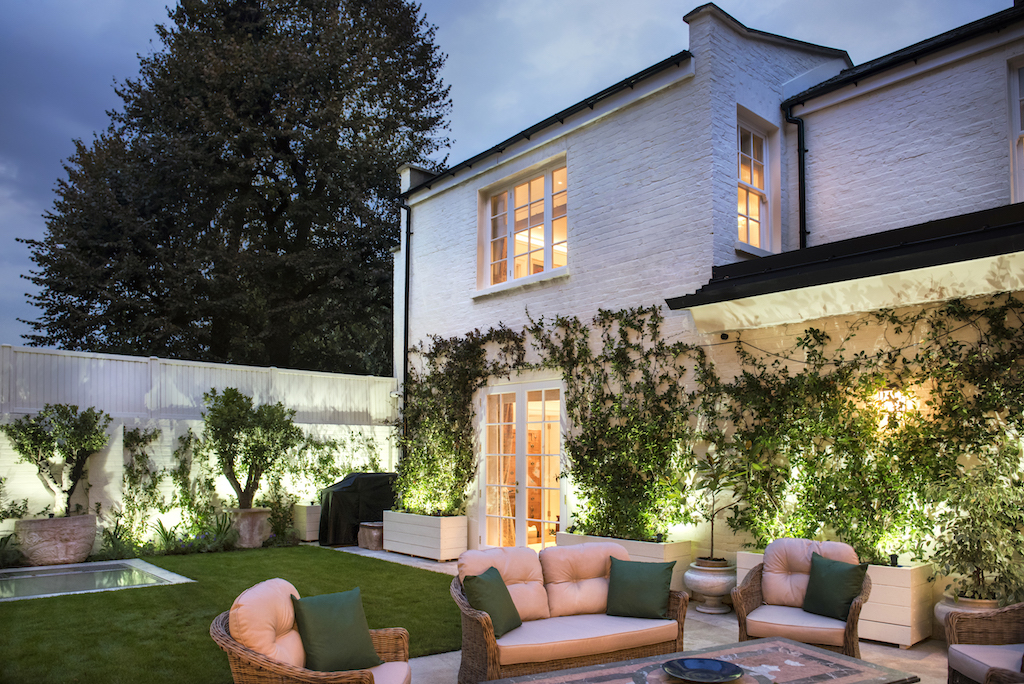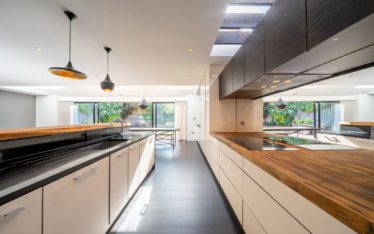This weekend, we’ll all be making the traditional daylight-savings time change – but do the clocks go forward or back this October 27th, and how does that affect how much light you get? Award-winning Wimbledon builder Kisiel Group rounds up 5 ways to lighten things up at home this winter with gloom-busting interior design tips…
Whilst we make the effort to readjust our clocks, re-programme the central heating and get out our winter clothes, we often forget to give our homes a seasonal update. But a few subtle changes can really lighten things up and create a cosy haven that feels warm, bright and welcoming whatever the weather.
In these days of smart phones, hi-tech white goods and clever clocks, the time is changed on most household equipment automatically, but that doesn’t mean you can’t get caught out: do you know if you gain or lose an hour at 2.00am this Sunday 27th October?
There is a simple way to remember:
– time ‘springs forward’ in the spring
– time ‘falls back’ in the autumn – known in America as the Fall.
The effect of the clocks going back for winter is that you have more light in the mornings at the start of the working day. However, as a result, the afternoons suddenly feel much darker, the nights draw in and our lights go on earlier. But how you use lighting in your home can make all the difference to creating a cosy, warm family-home atmosphere.
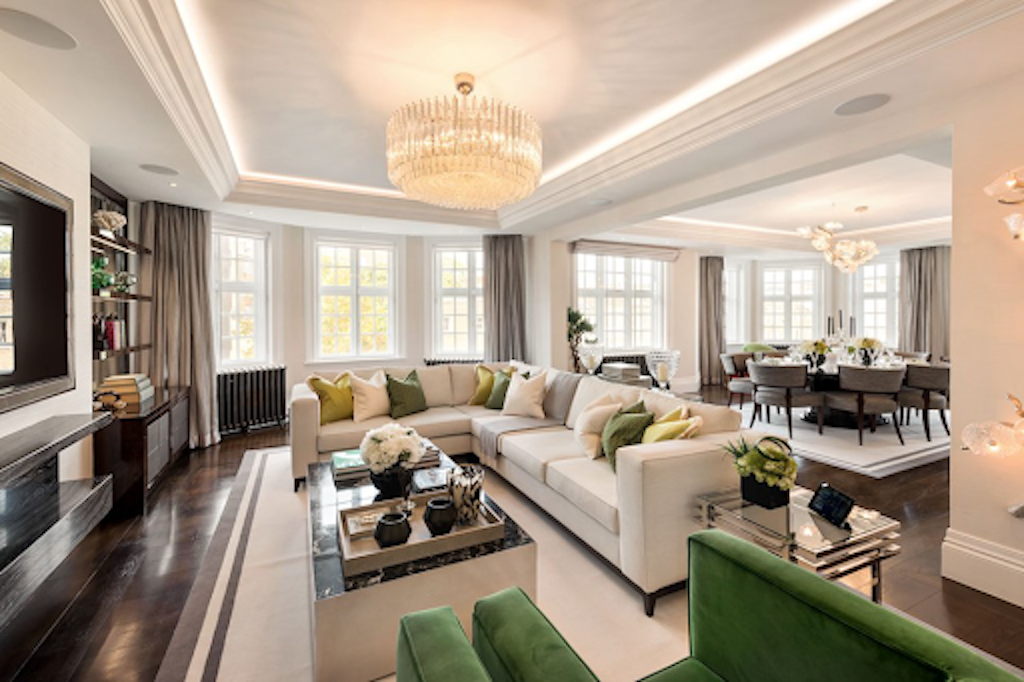
Creating the right lighting recipe – ideas from Kisiel Group’s designer (courtesy of Tessa Ferguson)
1. Shine a spotlight on your lifestyle
In the recipe for the right atmosphere, lighting plays a key part – and the first step in getting that right is to think about how you are going to use the space in each room. How you decide to light a room will depend on whether you are creating an entertaining space, somewhere to eat with family, a quiet reading area or a study, a cinema room or cosy corner for watching the TV or a film.
The next step is to decide on the layout and the positioning of furniture – then you can start to place the lighting. To create the right atmosphere and avoid dark zones or glare, you usually need different levels of illumination to create the right balance.
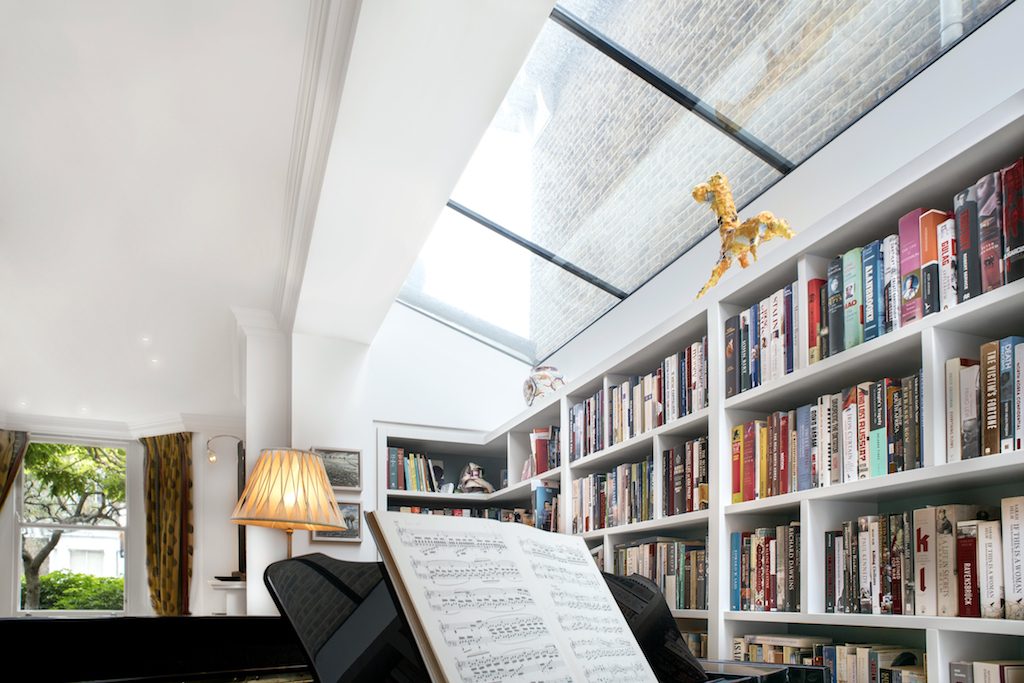
Kisiel Group created a light-filled music room and library with this refurbishment | Photo: Earthy Photography Ltd
2. Natural lighting
Making the most of any natural light available, especially during the shorter days, is a good option. If your space is dark but you have the option of remodelling, skylights or roof lights can be an effective, elegant way of getting light flooding into a space – the effect can be transformational. Whether you choose this for your open-plan kitchen within an extension for great family living, in the loft space for an ensuite bathroom that gives you a guest accommodation, or in an existing space where you can pursue your hobbies, glazed openings will give you illumination from the sun which is our main source of natural light.
Naturally, as the evenings draw in and we get less light, or if additional windows are not an option, your focus will need to shift onto other ways to light up your life…
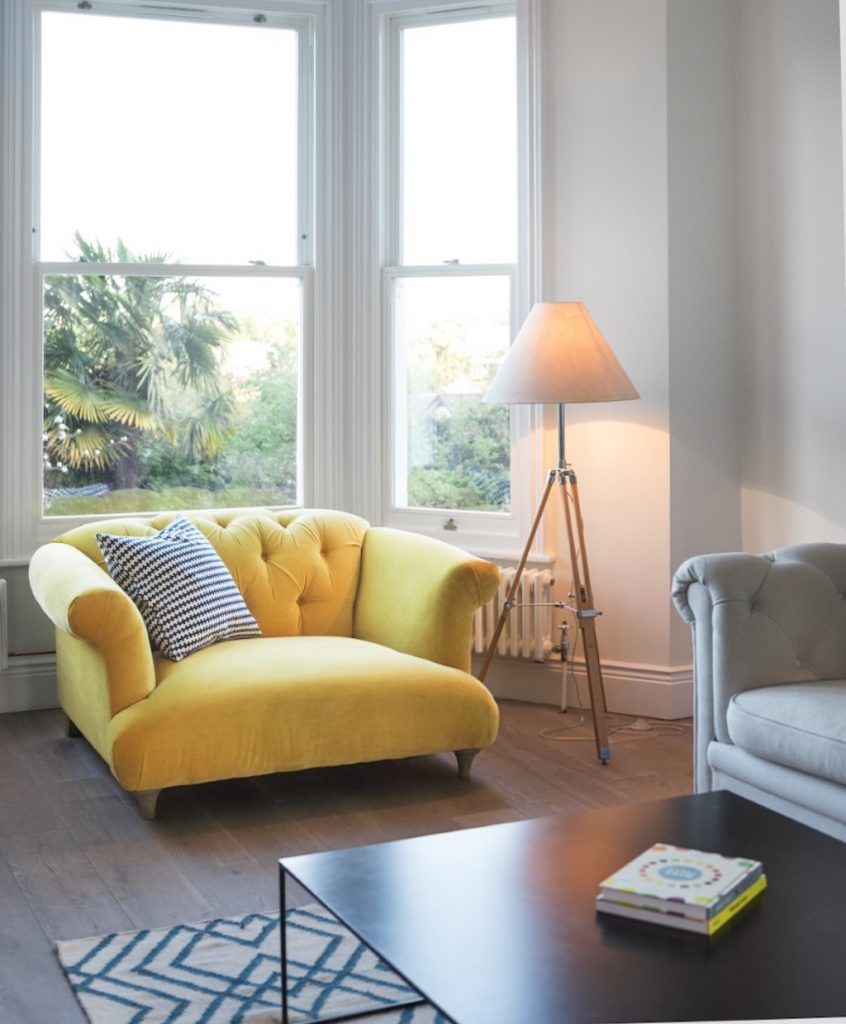
Task lighting illuminates a cosy reading spot in this home refurbishment by Kisiel Group | Photo: Simon Callaghan Photography
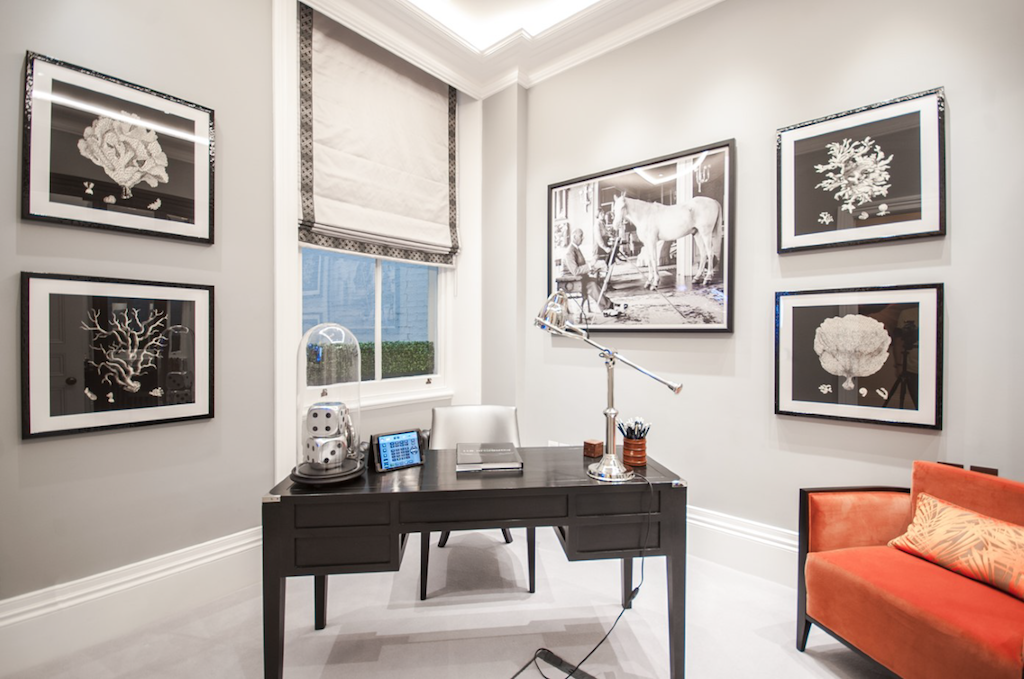
Lighting up a task from Kisiel Group’s designer (courtesy of Tessa Ferguson)
3. Task lighting
Task lighting does what it says on the tin: this is all about practicality and contrast. Think about all your regular tasks and favourite pastimes. There are some that you always perform in the same place – preparing food in the kitchen for a family meal, or getting ready for your day ahead in the bathroom, for example – while other tasks are more mobile– reading the latest novel, checking a recipe, or logging on to your iPad or laptop, perhaps.
Be practical, and position the light source in the right place to help you see what you’re doing and allow for a contrast with other lighting in the room. Under-cupboard LED lights are a great way to improve your food prep areas and help keep surfaces clean in the kitchen; lights on bathroom mirrors can add glamour as well as improving visual clarity. Co-ordinating the right look and getting ready is made easier if you have internal lighting in wardrobes (no more hard-to-spot items, clashing colours odd-sock mishaps!). For leisure pursuits, a swing lamp beside a chair or on the bedside table allows you to swivel the light around to change the direction for the best illumination.
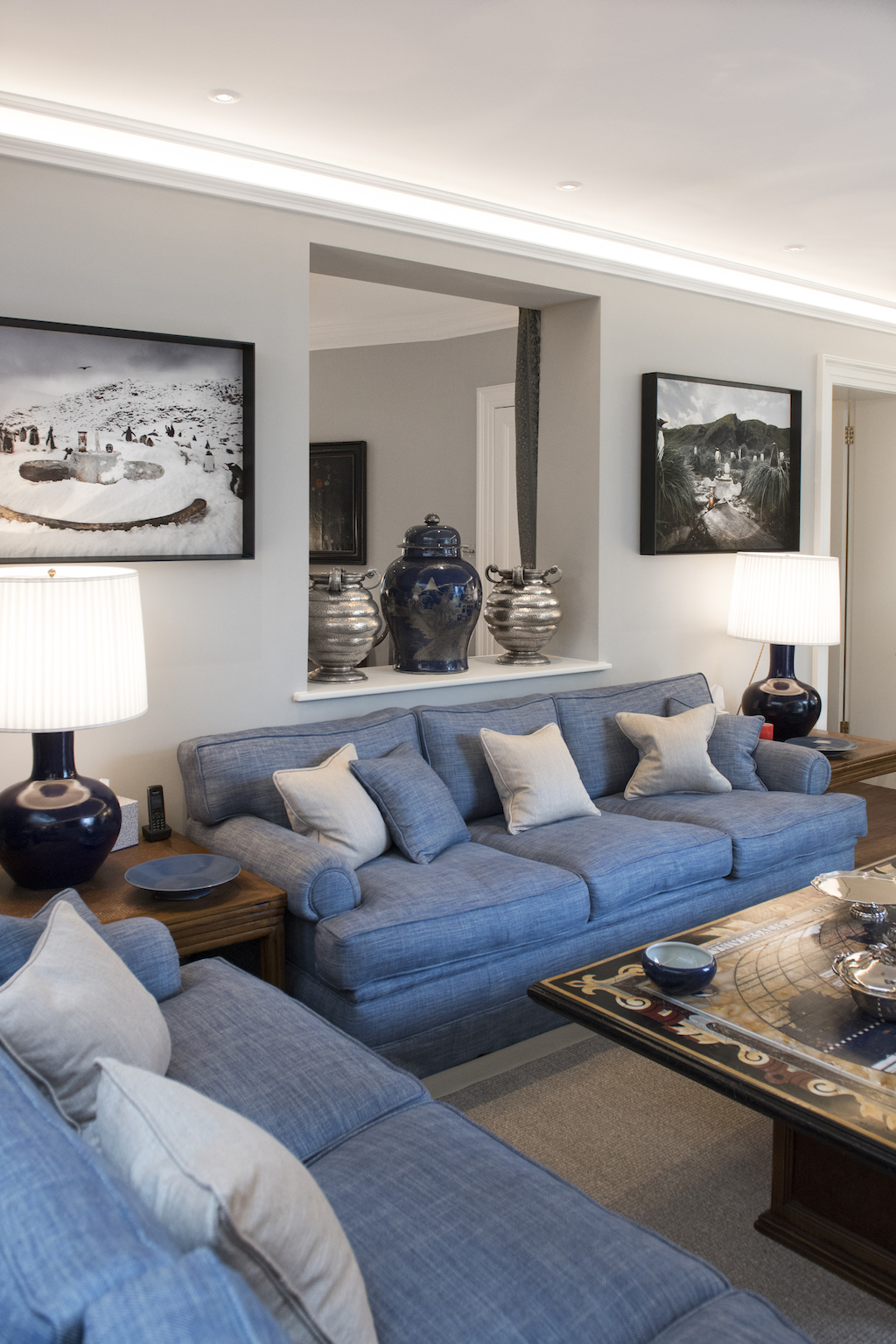
Kisiel Group set LED lights into the coving of this family home extension to create soft light throughout | Photo: Earthy Photography Ltd
4. Ambient lighting
Task lighting is practical but it’s not the full picture – you also need general ambient lighting. The aim of ambient lighting is to create an even light throughout. There are many ways to achieve this.
To create an interest in a room, you can choose a main featured light and complement it in a number of ways: with LED lights in a ceiling coffer or set into the coving (pictured above), wall lighting, floor lamps or table lamps, for example. Low-level lighting on the stairs can light your way safely up to bed.
Dimmable lights or recessed lighting can allow you to change the atmosphere in a room at the touch of a switch and create a transformative mood.
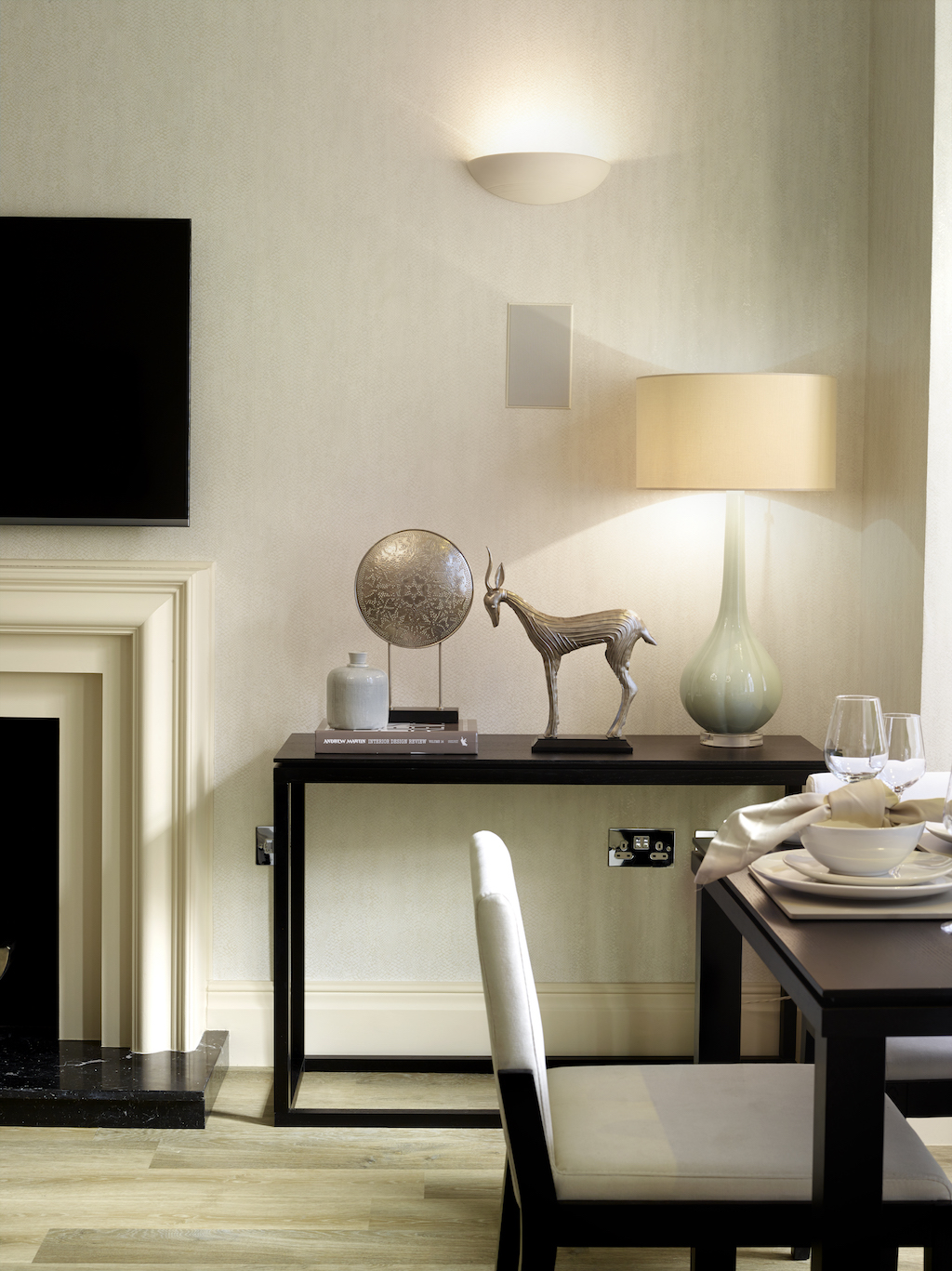
A combination of natural, task and ambient lighting in a refurb by Kisiel Group (Photo: Katie Hastings)

Recessed ceiling spots and feature lighting in by Kisiel Group | Photo: Simon Callaghan Photography
5. Accent and feature lighting
And, finally let’s not forget accent lighting. Do you have a favourite piece of art such as a sculpture, painting or a framed family photograph that you would like to make a focal point? Positioned lighting or strip lighting is an excellent way to draw attention to these decorative features. Alternatively your lighting can double up as feature lighting: there are so many fabulous design options on the market today, from delicate hand-blown glass shades and dramatic chandeliers to striking sculptural pendants.
The days will get shorter as winter creeps up on us, but you can design a cosy atmosphere with the right combination of lighting in every room in your home. A fabulous place to entertain or just kick your shoes off and relax – your choice. Let your light shine!
Contributor: Kisiel Group | The Award-Winning Design & Build Practice
Kisiel Group is a multi-award-winning building contractor in London that offers design and build services, home renovations, refurbishments and consultancy. For advice and guidance on your next home-build project, ring +44 (0)20 3984 7410 or email info@kisiel.co.uk
Website: www.kisiel.co.uk
Facebook: @KisielGroup
LinkedIn: /KisielLtd
Twitter: @KisielGroup
